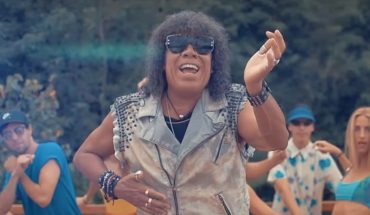according to Randal Voss, Professor from the center of research of brain injuries and spinal cord of the University of Kentucky, has had never before achieved sequence and assemble the genome of a living organism of the size that has the Axolotl, an iconic amphibian of Mexico of great importance Scientific and cultural.
The Axolotl, family of salamanders, “you have a really large genome,” ten times more than the human being, said Jeramiah Smith, Associate Professor of the Department of biology at the University.
According to Voss, the genome of the Axolotl “is the best model” to study the mechanisms that make possible the regeneration.
Regenerate your body the Axolotl is an animal that is able to regenerate many parts of his body, including part of the brain and spinal cord.
“Now that we have the sequence of the genome, we can study the genes that are activated or deactivated during the process of regeneration,” said Voss to emphasize “clinical applications” that opens this finding.
“We hope that someday we can translate this information to human therapy, with potential applications for injury of spinal cord, cerebral hemorrhage (…). Really the sky is the limit”, he added.
Mapping links Voss and Smith adapted a classic genetic approach known as mapping of links to assemble the genome of the Axolotl in the correct order in a fast and efficient way.
Only a few years ago, nobody thought that it would be possible to assemble a genome of this size, but “now we have shown that it is possible using a method that is effective and accessible, which opens the possibility of sequencing on a routine basis to other animals with large genomes”, Smith explained.
The University of Kentucky is home to the only working Centre with Axolotls from United States funded with federal funds and provides copies to researchers and educators from around the world.
The Axolotls are in critical danger of extinction since 2006 and the University of Kentucky has nearly 1,000 adults, some with a pedigree dating back to the 19th century.
translated from Spanish: They sequence genome of the Axolotl, key to study human regeneration
January 24, 2019 |





